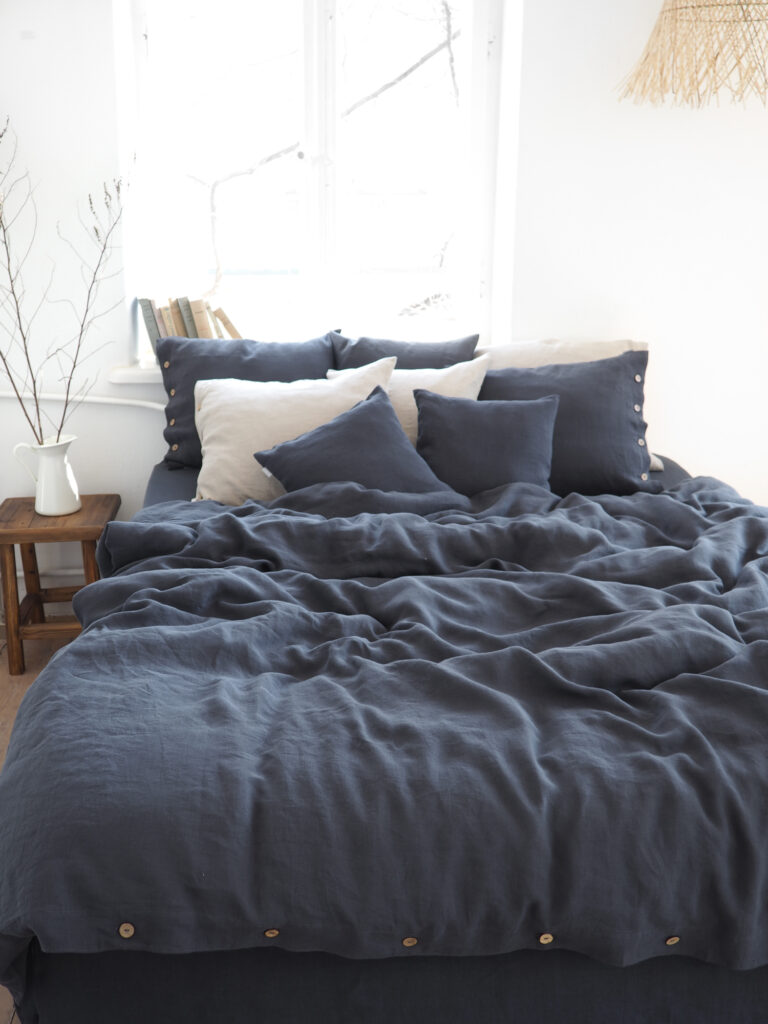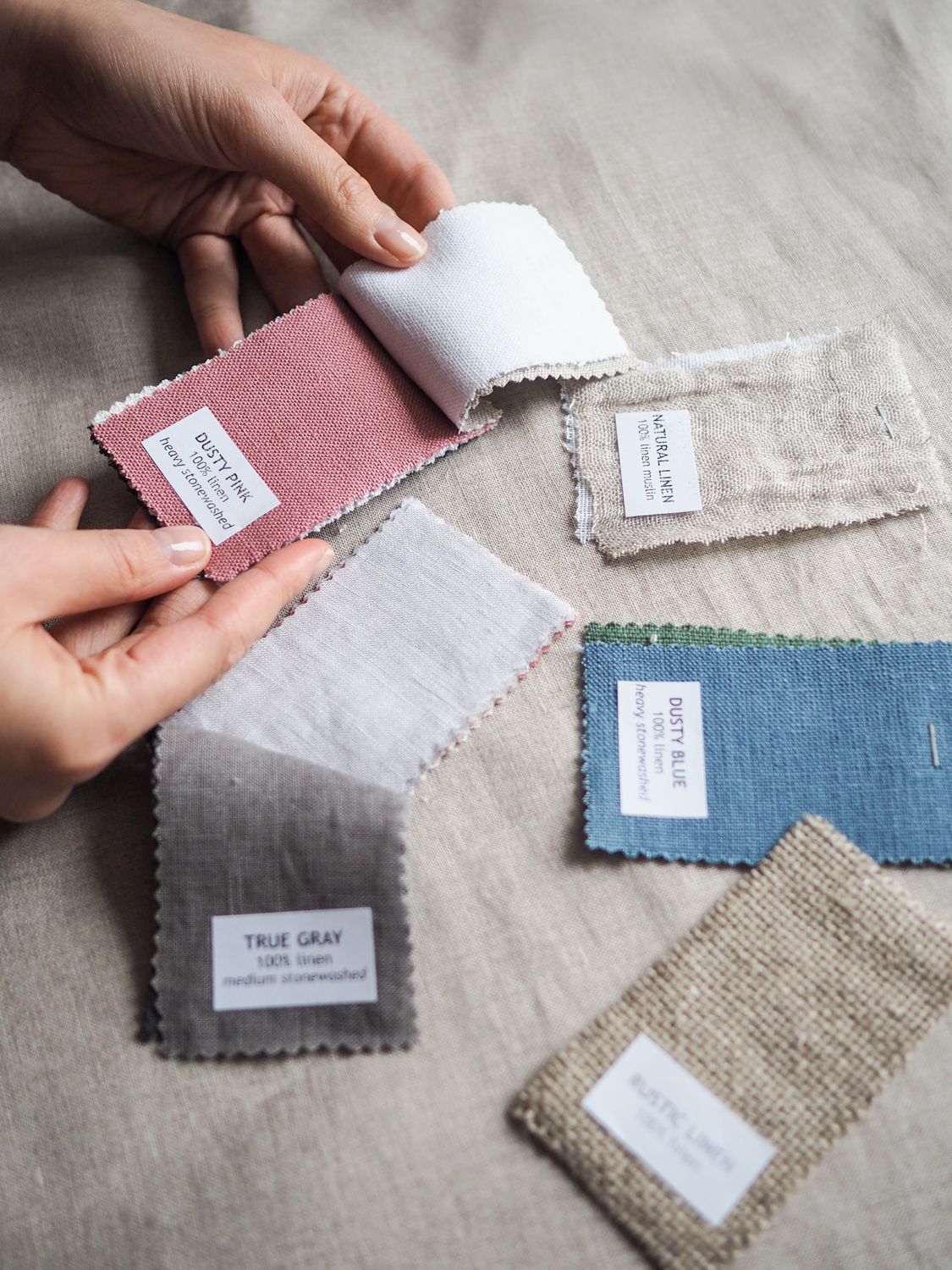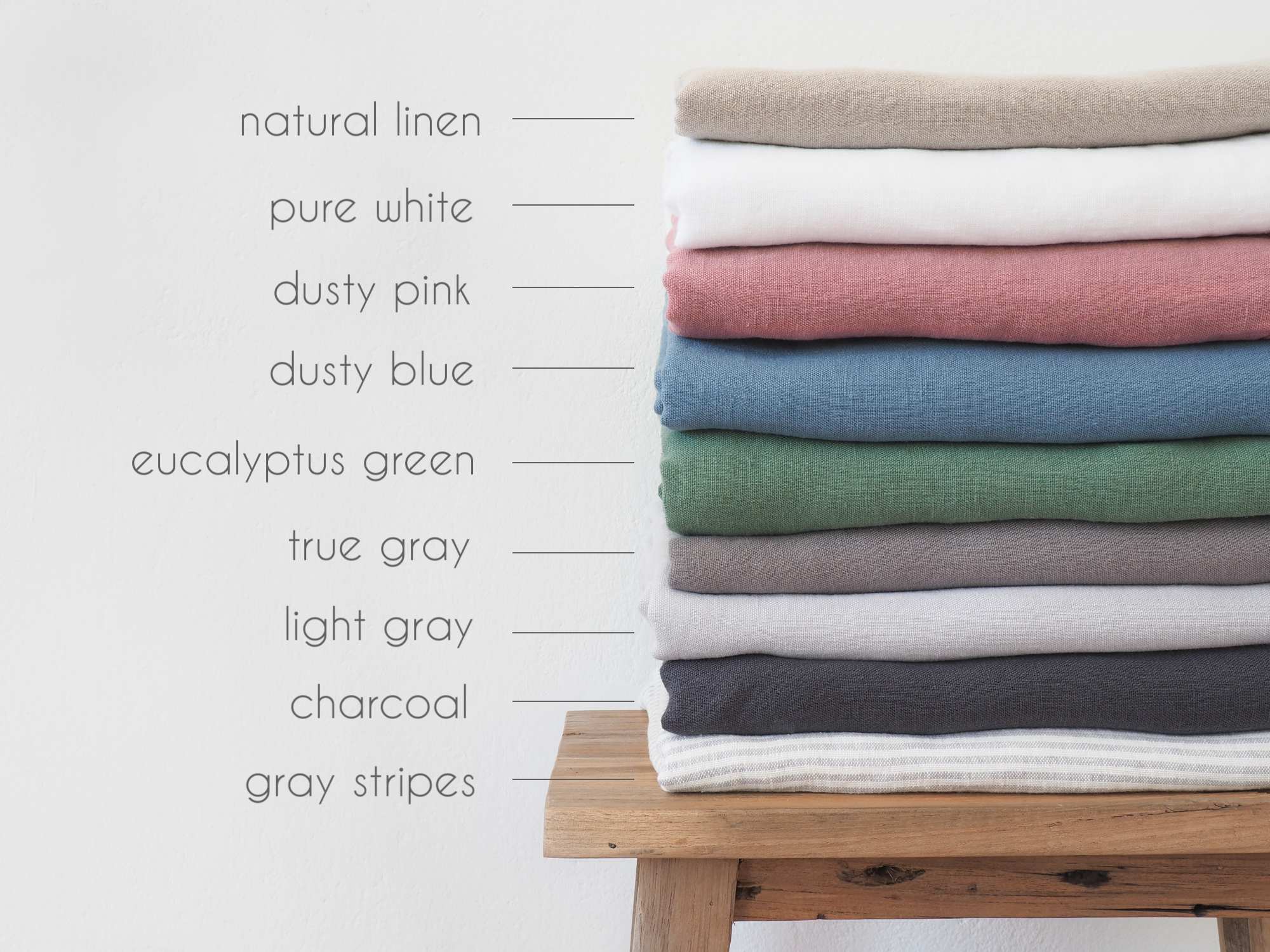Uncategorized
Guide: how often should you change your bed sheets and how to care for linen?
Jak często zmieniać pościel i jak dbać o len? Coraz częściej na naszą skrzynkę oraz na nasze profile social media spływają pytania związane z właściwym pielęgnowaniem lnianych tkanin. Obok nich najczęściej pojawiającym się zagadnieniem jest słuszna częstotliwość zmieniania pościeli i ręczników. Przyznamy, że akurat ten temat owiany jest sporymi mitami i spotkałyśmy się już z naprawdę wieloma (skrajnymi) teoriami. Dlatego też zebrałyśmy nasze triki w jedno miejsce, ułatwiając Wam tym samym pranie, prasowanie i przetrzymywanie lnianych wyrobów. Jest to wyjątkowo ważne, jeśli chcemy zachować najcenniejsze właściwości tkaniny – poczynając od jej wytrzymałości, po delikatność, długo zachowywaną świeżość i antybakteryjność, którą tak cenią alergicy.
HOW TO CARE FOR LINEN?
However, let’s start with a handful of the most important tips that will tell you how to properly care for linen fabrics – regardless of whether we are talking about linen tablecloths, linen sheer curtains or linen napkins.
Linen is an extremely grateful material – if properly cared for, it reciprocates its durability, thanks to which the product will stay with us for many years. All this goes hand in hand with ecological production and biodegradability resulting from the natural origin of the fabric. Knowing these most important values, we must remember to wash linen products separately, taking care not to accidentally put a colored sock or your favorite sweatshirt into the washing drum, which may discolor the natural or white shade of linen. When washing bedding, it is also recommended to turn it inside out, and then select a gentle cycle (recommended washing temperature is 30, max 40 ° C).
We also advise you to give up bleach or invasive products, replacing them with soap, natural liquids or classic powder. We should set aside softening liquids, which are dedicated to synthetic fabrics and can be too invasive in the case of natural fabrics.
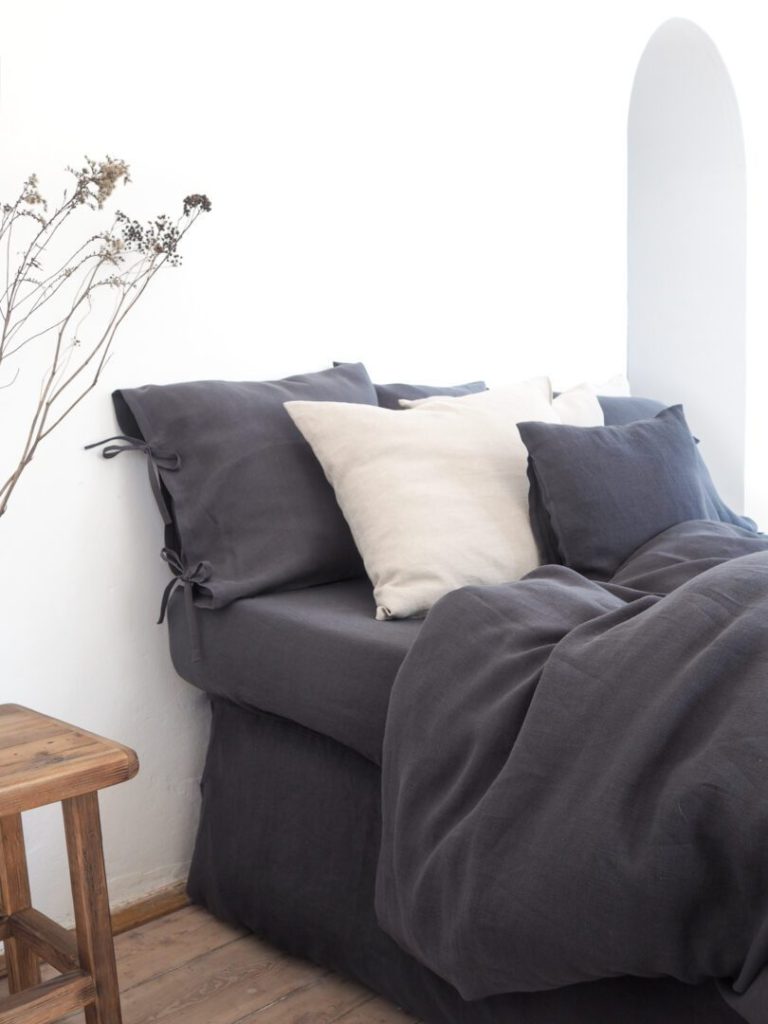
After washing e.g. a linen pillowcase , do not twist or wring it out. Let it dry on its own by hanging the semi-damp fabric in the wind or sun. This way you will get a quilt or a linen blanket.
An alternative to this method can be a tumble dryer, which is best for products made of stonewashed linen. However, it is worth remembering that this option is a last resort, because an improperly selected drying program may cause the fabric to shrink, thus shortening the life of the linen fibers.
While we are personally enthusiasts of the slightly creased effect that accompanies linen fabrics, we know that many of you prefer the effect of an elegant and ironed form. It is therefore a good idea to iron products while they are still slightly damp, by setting the iron to a high temperature. Keep the ironed and folded, for example, linen sheets or linen towels in the wardrobe, ensuring constant air circulation.
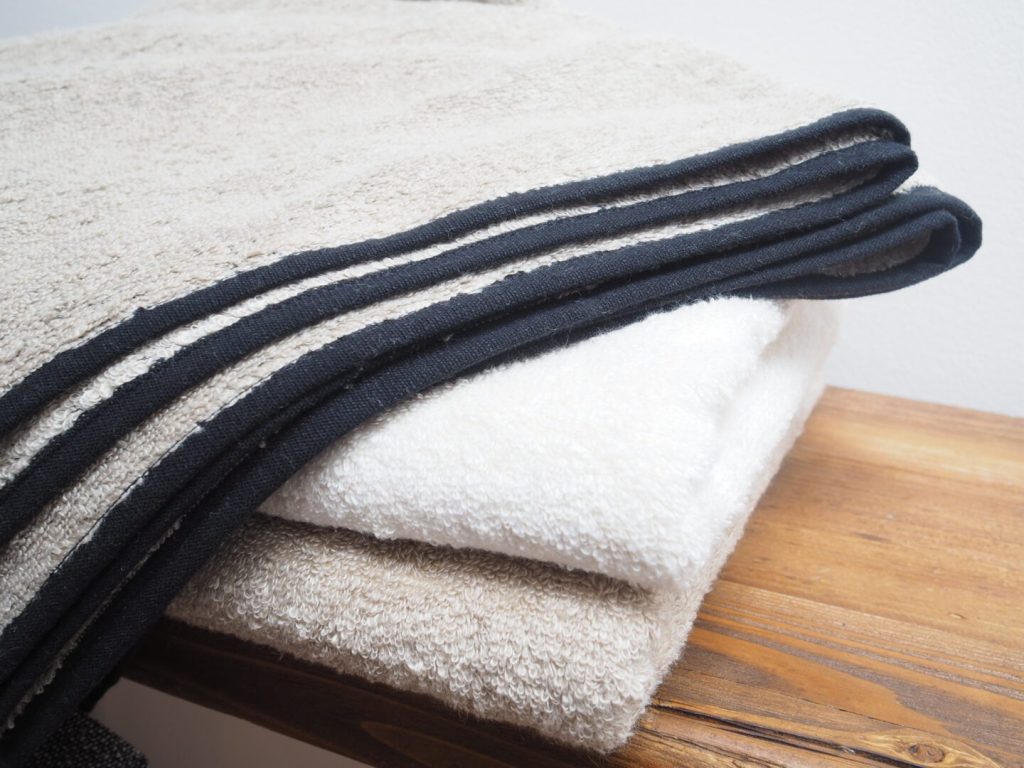
HOW OFTEN SHOULD YOU CHANGE THE BED SHEETS AND TOWELS?
Jak często zmieniać pościel? Obecnie panują różne teorie na temat słuszności i częstotliwości zmieniania poszewek i ręczników. Najczęściej rekomenduje się, aby pościel zmieniać przynamniej 1-2 razy na miesiąc, w zależności od tego jakie potrzeby ma nasza skóra. Jeśli dzielimy łóżko z futrzastym przyjacielem lub cierpimy na przewlekłą chorobę skórę, częstotliwość ta powinna być zwiększona, do nawet 1-2 w tygodniu. Pamiętajmy, że zmiana pościeli ma ogromne znaczenie dla naszego zdrowia, bowiem nieodpowiednie środowisko sprzyja namnażaniu się roztocza.
Linen bedding has the advantage of bactericidal properties, which reduces the risk of microbial formation. Towels – due to the humid environment – should be changed at least once a week.


